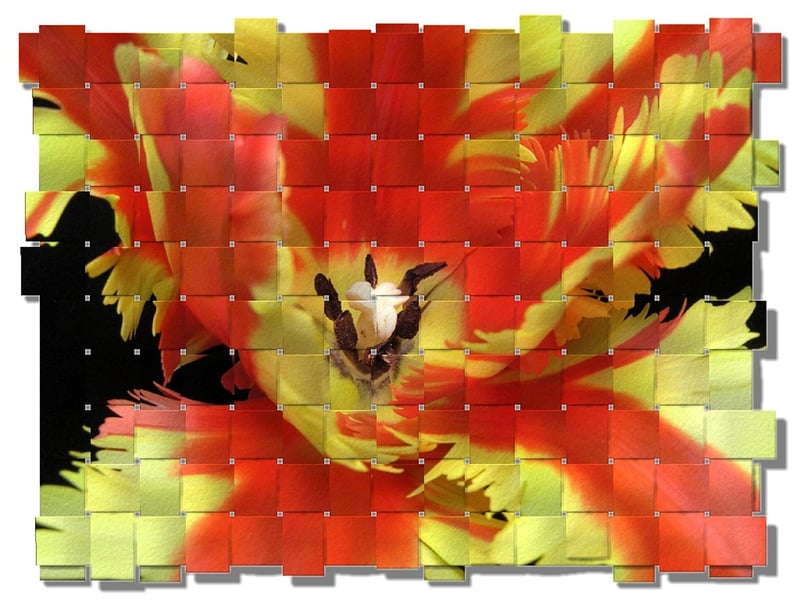Texture Manipulation
Understanding Food Properties and Texture Manipulation
Food properties and texture manipulation play a crucial role in the culinary world, affecting not only the taste but also the overall dining experience. By understanding these elements, chefs and food enthusiasts can create dishes that are not only delicious but also visually appealing. Let's delve into the fascinating world of food properties and texture manipulation.
Food Properties
Food properties refer to the characteristics of food that impact its appearance, taste, aroma, and texture. These properties include:
- Color: The visual aspect of food can influence our perception of its flavor.
- Flavor: The combination of taste and aroma that gives food its distinct appeal.
- Texture: The feel of food in the mouth, which can range from crunchy to creamy.
- Temperature: Hot or cold temperatures can affect the overall experience of a dish.
- Viscosity: The thickness or thinness of a liquid or sauce.
Texture Manipulation
Texture manipulation involves altering the physical structure of food to create unique experiences. Chefs use various techniques to manipulate texture, such as:
- Sous Vide: Cooking food in a vacuum-sealed bag at precise temperatures to achieve a specific texture.
- Spherification: Turning liquids into spheres using techniques like molecular gastronomy.
- Foams and Emulsions: Creating airy textures through the incorporation of air or lecithin.
- Gelation: Using gelling agents like agar-agar or gelatin to solidify liquids.
Texture manipulation allows chefs to experiment with new culinary creations, pushing the boundaries of traditional cooking methods.
Conclusion
Understanding food properties and texture manipulation is key to elevating dishes to new heights. By mastering these elements, chefs can craft unforgettable dining experiences that delight the senses and leave a lasting impression on diners.
So, whether you're a professional chef or a home cook looking to enhance your culinary skills, exploring the world of food properties and texture manipulation can unlock a world of creative possibilities in the kitchen.


